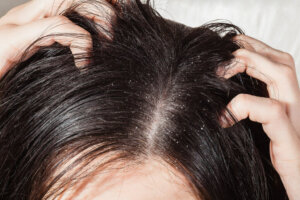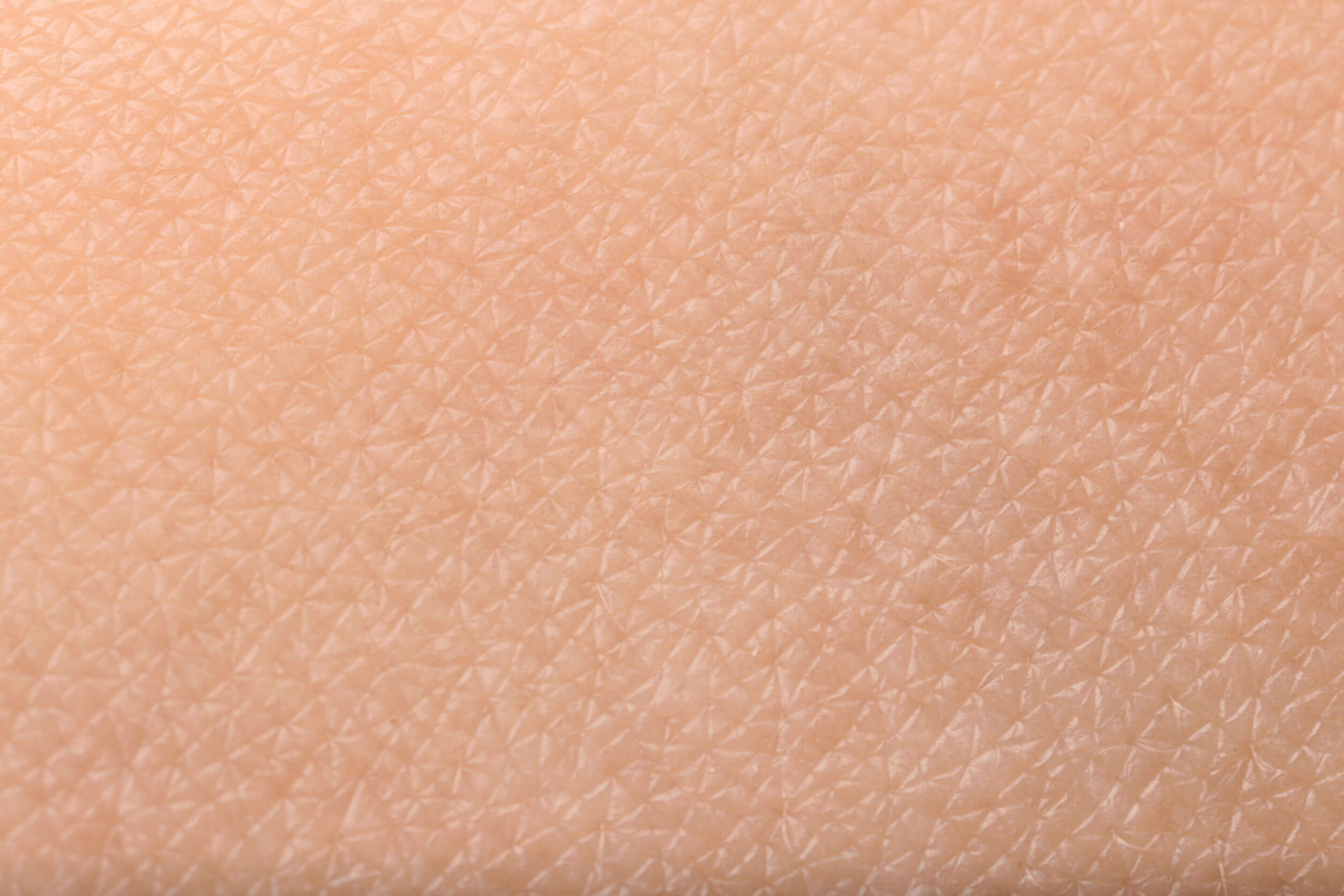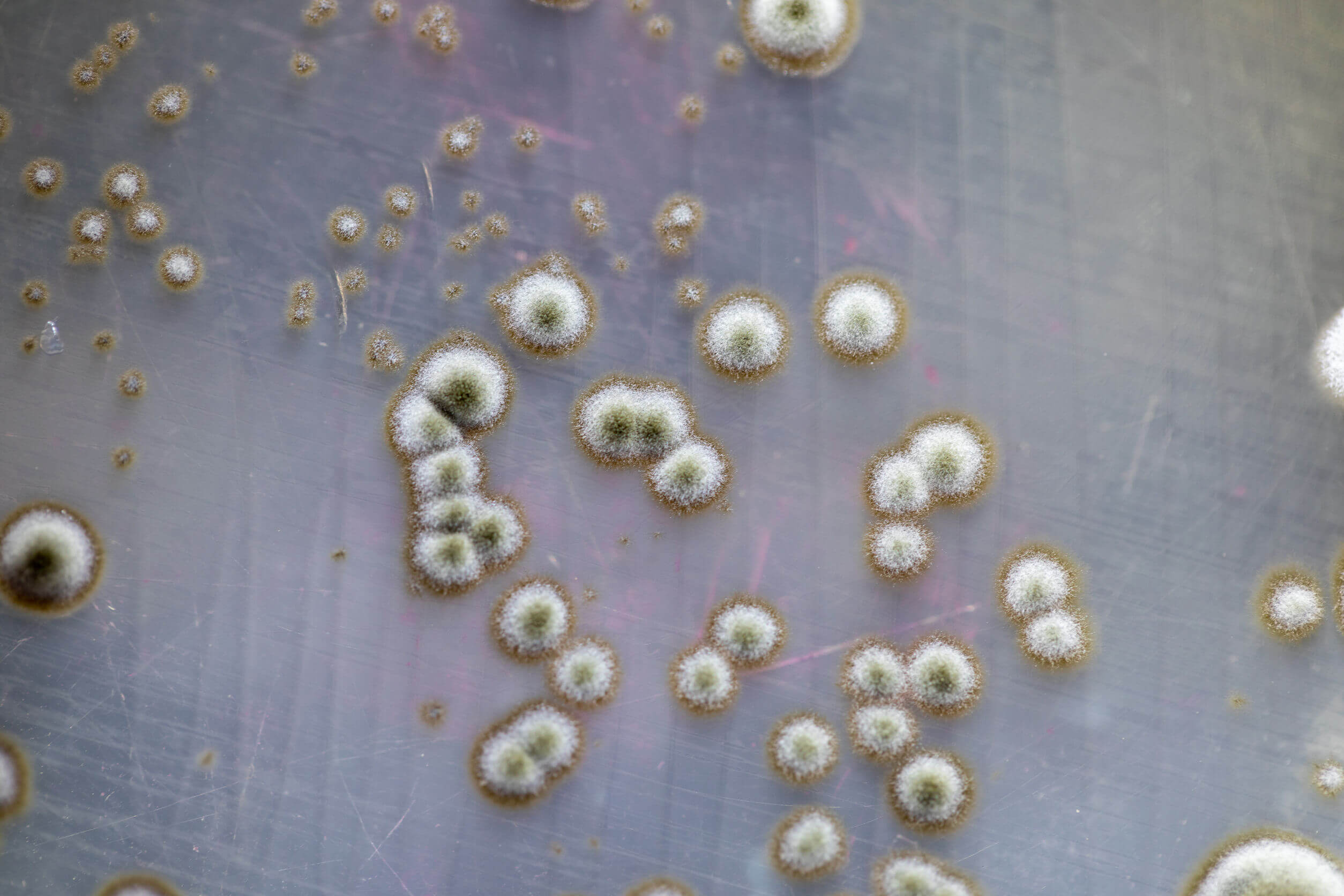Why Does Dandruff Occur and How to Prevent it?

Dandruff is a common dermatosis, characterized by a constant flaking of the scalp accompanied by itching of moderate intensity.
Treatment is simple, although in some cases it may be advisable to go to a specialist.
Here, you’ll find a short article about the main characteristics of this condition. Keep reading!
What is dandruff?

Dandruff is a benign condition of the scalp, characterized by accelerated flaking of its most superficial part. This results in the appearance of small, fragile whitish sheets of tissue, the accumulation of which tends to cause itching.
In addition to the presence of this material, the most important clinical manifestation is itching. Although it’s a condition that doesn’t affect organic health, it can lead to aesthetic problems. As you’ll see later, dandruff can be treated with basic measures in most cases.
Dandruff is also considered to be a mild form of seborrheic dermatitis, a condition that’s accompanied by redness of the affected skin and excessive sebum production. In fact, both conditions are thought to occur as a consequence of infection with the Malassezia furfur fungus.
Risk factors
Having a multicausal origin, there are several conditions that can increase the probability of suffering from dandruff. Some of them are the following:
- Personal history of dermatological diseases. Patients with psoriasis, multiple superficial mycoses, eczema, pediculosis, or any form of dermatitis tend to develop dandruff more frequently.
- Age. Although it can appear at almost any time in life, it’s more common from early adulthood.
- Male gender. Men tend to have more dandruff than women, a fact that may be related to the higher amount of testosterone in this group of patients.
- Various environmental factors. Although experts don’t understand exactly how dandruff occurs in these circumstances, they do know that stress, excess hair care products, and ultraviolet light can influence its appearance.
How is it produced?
As we mentioned before, there are several reasons why dandruff can appear in some people. We’ll summarize the most important ones below, despite the fact that in most cases there’s usually a combination of all these factors.
Commercial hair products
Contrary to popular belief, dandruff doesn’t appear exclusively in people who don’t have proper hair hygiene. In fact, excess chemicals can favor the appearance of this condition. Some examples are the following:
- Fixers
- Some types of shampoos and conditioners
- Dyes
Of course, not all of them have a negative effect on the scalp. In fact, as you’ll see a little later, there are some special shampoos that can reduce the appearance of dandruff.
Increased activity in the epidermis
The epidermis is the most superficial layer of the skin, and it’s located just above the dermis. Depending on the area, it’s made up of 4-5 layers of cells called keratinocytes – named this way because they’re able to produce keratin.
This tissue is characterized by having an accelerated metabolism, so that cells constantly originate at the base of the epidermis. As they grow, they push those the more superficial ones, until they become part of the stratum corneum, the outermost layer of the epidermis.
The latter is made up of dead cells with abundant keratin, which is shed little by little to allow the passage of new cells.
Although this process can take weeks, some conditions can cause an increase in the activity of the epidermal cells, with the consequent shedding of layers that will form dandruff.
Hormonal disturbances
Because cases of seborrheic dermatitis and dandruff are more common in men, it’s possible that male sex hormones play a fundamental role in its pathophysiology.
This scientific review study highlights this relationship despite the fact that, up to now, it hasn’t yet been determined exactly how testosterone acts in this process.
Influence of some microorganisms

Infection with the fungus Malassezia furfur has a very clear link with the appearance of dandruff. This is found naturally in most people’s skin, and it can exist in two different forms: as yeast or as hypha. For this reason, it’s considered a dimorphic microorganism, as it has two forms or morphologies.
When it’s found as a yeast, it doesn’t produce any relevant symptoms, as it’s a natural part of the microorganisms that live on the skin. However, under some circumstances (such as those mentioned in previous sections), the change to a hyphal form can be favored.
This fungus uses the fat of the human body for its metabolism, releasing waste products that are capable of stimulating the growth of the epidermis. This results in the symptoms of dandruff.
On the other hand, it’s also the causative microorganism of pityriasis versicolor, although this mycosis can appear in any other part of the skin surface.
What treatment is there?
The mainstay of dandruff treatment includes the use of shampoos with special compounds. These, according to the Mayo Clinic, can be grouped into the following groups:
- Antifungals: These are used to reduce the amount of pathogenic fungi on the scalp. Selenium sulfide and ketoconazole are some examples.
- Substances that decrease the production of scales or the renewal of the epidermis: Zinc pyrithione and coal tar can be effective.
Some basic aspects such as having a balanced diet, and avoiding constant exposure to sunlight and stressors can be useful to avoid the appearance of this condition.
When to go to the doctor?
Mild cases of dandruff can be treated by using special over-the-counter shampoos at pharmacies. In moderate or severe cases, which considerably compromise the quality of life, it’s advisable to go to a trusted dermatologist.
It’s also recommended to go to a specialist if you have an allergic reaction to any of the aforementioned drugs.
Final thoughts
Dandruff, despite being a benign condition, can become a health problem from an aesthetic point of view. It generally improves with the use of over-the-counter medications, and so it’s only necessary to see a doctor if there isn’t any clear improvement, or in particularly severe cases.
Dandruff is a common dermatosis, characterized by a constant flaking of the scalp accompanied by itching of moderate intensity.
Treatment is simple, although in some cases it may be advisable to go to a specialist.
Here, you’ll find a short article about the main characteristics of this condition. Keep reading!
What is dandruff?

Dandruff is a benign condition of the scalp, characterized by accelerated flaking of its most superficial part. This results in the appearance of small, fragile whitish sheets of tissue, the accumulation of which tends to cause itching.
In addition to the presence of this material, the most important clinical manifestation is itching. Although it’s a condition that doesn’t affect organic health, it can lead to aesthetic problems. As you’ll see later, dandruff can be treated with basic measures in most cases.
Dandruff is also considered to be a mild form of seborrheic dermatitis, a condition that’s accompanied by redness of the affected skin and excessive sebum production. In fact, both conditions are thought to occur as a consequence of infection with the Malassezia furfur fungus.
Risk factors
Having a multicausal origin, there are several conditions that can increase the probability of suffering from dandruff. Some of them are the following:
- Personal history of dermatological diseases. Patients with psoriasis, multiple superficial mycoses, eczema, pediculosis, or any form of dermatitis tend to develop dandruff more frequently.
- Age. Although it can appear at almost any time in life, it’s more common from early adulthood.
- Male gender. Men tend to have more dandruff than women, a fact that may be related to the higher amount of testosterone in this group of patients.
- Various environmental factors. Although experts don’t understand exactly how dandruff occurs in these circumstances, they do know that stress, excess hair care products, and ultraviolet light can influence its appearance.
How is it produced?
As we mentioned before, there are several reasons why dandruff can appear in some people. We’ll summarize the most important ones below, despite the fact that in most cases there’s usually a combination of all these factors.
Commercial hair products
Contrary to popular belief, dandruff doesn’t appear exclusively in people who don’t have proper hair hygiene. In fact, excess chemicals can favor the appearance of this condition. Some examples are the following:
- Fixers
- Some types of shampoos and conditioners
- Dyes
Of course, not all of them have a negative effect on the scalp. In fact, as you’ll see a little later, there are some special shampoos that can reduce the appearance of dandruff.
Increased activity in the epidermis
The epidermis is the most superficial layer of the skin, and it’s located just above the dermis. Depending on the area, it’s made up of 4-5 layers of cells called keratinocytes – named this way because they’re able to produce keratin.
This tissue is characterized by having an accelerated metabolism, so that cells constantly originate at the base of the epidermis. As they grow, they push those the more superficial ones, until they become part of the stratum corneum, the outermost layer of the epidermis.
The latter is made up of dead cells with abundant keratin, which is shed little by little to allow the passage of new cells.
Although this process can take weeks, some conditions can cause an increase in the activity of the epidermal cells, with the consequent shedding of layers that will form dandruff.
Hormonal disturbances
Because cases of seborrheic dermatitis and dandruff are more common in men, it’s possible that male sex hormones play a fundamental role in its pathophysiology.
This scientific review study highlights this relationship despite the fact that, up to now, it hasn’t yet been determined exactly how testosterone acts in this process.
Influence of some microorganisms

Infection with the fungus Malassezia furfur has a very clear link with the appearance of dandruff. This is found naturally in most people’s skin, and it can exist in two different forms: as yeast or as hypha. For this reason, it’s considered a dimorphic microorganism, as it has two forms or morphologies.
When it’s found as a yeast, it doesn’t produce any relevant symptoms, as it’s a natural part of the microorganisms that live on the skin. However, under some circumstances (such as those mentioned in previous sections), the change to a hyphal form can be favored.
This fungus uses the fat of the human body for its metabolism, releasing waste products that are capable of stimulating the growth of the epidermis. This results in the symptoms of dandruff.
On the other hand, it’s also the causative microorganism of pityriasis versicolor, although this mycosis can appear in any other part of the skin surface.
What treatment is there?
The mainstay of dandruff treatment includes the use of shampoos with special compounds. These, according to the Mayo Clinic, can be grouped into the following groups:
- Antifungals: These are used to reduce the amount of pathogenic fungi on the scalp. Selenium sulfide and ketoconazole are some examples.
- Substances that decrease the production of scales or the renewal of the epidermis: Zinc pyrithione and coal tar can be effective.
Some basic aspects such as having a balanced diet, and avoiding constant exposure to sunlight and stressors can be useful to avoid the appearance of this condition.
When to go to the doctor?
Mild cases of dandruff can be treated by using special over-the-counter shampoos at pharmacies. In moderate or severe cases, which considerably compromise the quality of life, it’s advisable to go to a trusted dermatologist.
It’s also recommended to go to a specialist if you have an allergic reaction to any of the aforementioned drugs.
Final thoughts
Dandruff, despite being a benign condition, can become a health problem from an aesthetic point of view. It generally improves with the use of over-the-counter medications, and so it’s only necessary to see a doctor if there isn’t any clear improvement, or in particularly severe cases.
- Borda L. Seborrheic Dermatitis and Dandruff: A Comprehensive Review. Journal of Clinical and Investigative Dermatology 2015;3(2):1-10.
- Carreras M. Anatomía, fisiología y bioquímicas de la piel. Implicaciones cosméticas. Máster en Dermofarmacia y Cosmetología (módulo I). Universidad de Barcelona 1999;54.
- Elewski BE. Clinical diagnosis of common scalp disorders. J Investig Dermatol Symp Proc. 2005;10:190–3.
- Leranoz S. La caspa. Causas y tratamiento. OFFARM 2002;21(2):71-76.
- Ranganathan S, et al. Dandruff: The Most Commercially Exploited Skin Disease. Indian J Dermatol 2010;55(2):130-134.
- Sánchez A, et al. Pitiriasis versicolor y Malassezia spp: una revisión. Dermatología CMQ 2014;12(1):52-57.
Este texto se ofrece únicamente con propósitos informativos y no reemplaza la consulta con un profesional. Ante dudas, consulta a tu especialista.







